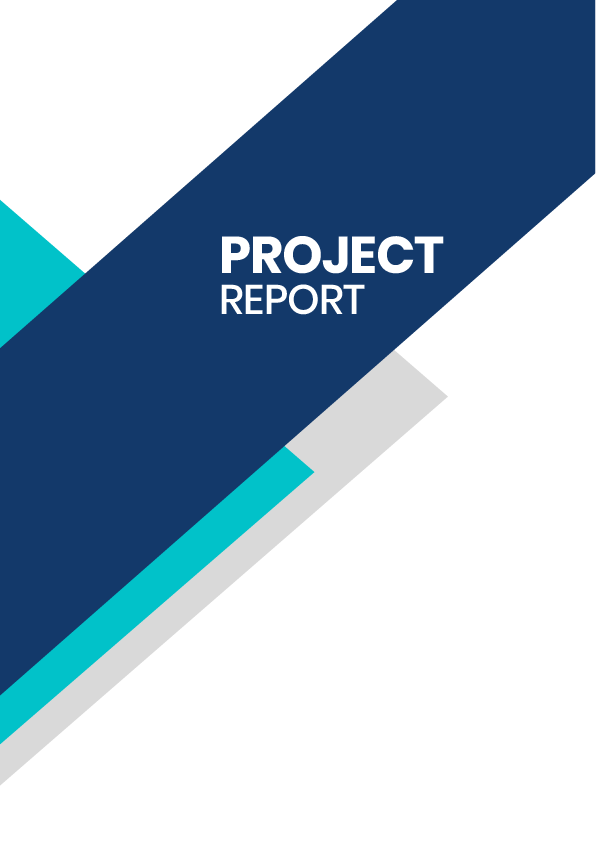Related Keywords
- UV digital printing
- Flatbed UV printing
- UV direct printing
- यूवी डिजिटल मुद्रण
- यूवी प्रत्यक्ष मुद्रण
What are the Current Marketing Trends of UV Printing / Flatbed Printing Machine Business?
- Growing Printing Industry – The printing industry in India is growing at 12% every year. More than 2.5 lakh printing companies are working, and they need advanced printing machines like UV and flatbed printers.
- Government Support (PM MITRA Scheme) – The Indian government launched the PM MITRA scheme to boost textile and printing businesses. This helps printing companies get better machines and grow faster.
- Easy Loans (Stand-Up India Scheme) – The Stand-Up India scheme offers loans from ₹10 lakh to ₹1 crore. Entrepreneurs, especially women and SC/ST business owners, can use this to start or expand their printing business.
- Support for New Technology (Atal Innovation Mission – AIM) – This government program helps businesses use new technology and innovation, which makes UV and flatbed printing more advanced and competitive.
Why should Entrepreneurs Invest in UV / Flatbed Printing Business?
- Prints Last Longer and Look Better – UV printers dry ink instantly under UV light, making prints bright, waterproof, and scratch-proof. Businesses use them for high-quality signs, branding, and promotional items.
- Works on Many Materials – Unlike normal printers, UV flatbed printers can print on glass, wood, metal, plastic, fabric, and leather. This helps businesses create unique products and sell to more customers.
- Prints Faster and Saves Money – These printers complete jobs quickly and come with smart features that cut labor costs. Businesses can print large orders on time without extra effort.
- Good for the Environment – UV printing does not release harmful chemicals or waste too much ink. It keeps the workplace safe and helps businesses follow eco-friendly practices.
Where Do You Get the Best Project Report for UV Printing / Flatbed Printing Machine Business?

Need expert service?
Please send a WhatsApp message to us, and our team of experts will guide you in creating a project report for bank loan.
Create Your own project report in less than 10 mins.
- Unlimited edits
- Unlimited downloads
- Up to 10 years of projections
- 20+ pages

Frequently asked questions
Everything you need to know about the product and billing.
Finline is an online tool for creating a project report for bank loan online and see the report for free online. You only need to pay for downloading the report.
Can I change my plan later?
Yes , ofcourse you can upgrade from a lite plan to a pro at anytime.
Can I edit the report after download ? is it chargeable?
You can do unlimited edits even after download without any extra payment.
What is the ‘lite’ and ‘pro’ plan ? Is it subscription based plans?
Lite and Pro are just individual report download plans , not subscription plans.
Do I require a CA seal & Stamp for getting a loan?
Not at all, project report is a business plan about your business and it should be prepared by an entrepreneur . Nobody can predict and certify a business which is going to happen in the future.
Can I get any assistance from your team?
Yes of course, you can go to the help section in all pages were you can find chat button for seeking support.
Can I get a project report format for bank loan through Finline?
Yes! Finline provides a ready-to-use project report format for bank loan. You can create it online, see it for free, and download it instantly for your loan application. This makes your project report format for loan easy to complete in just a few steps.
Do you provide a project report format for bank loan in excel?
Yes. Finline offers a project report format for bank loan in excel that is easy to edit and customize. You can also download a project report format for loan in excel if you prefer working offline.